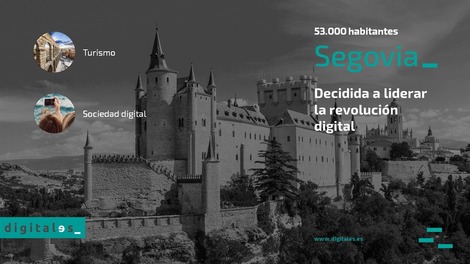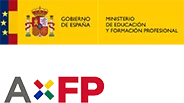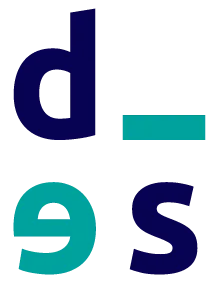12/03/2018
Segovia (53,000 inhabitants) and Talavera de la Reina (83,300 inhabitants) will soon be the most advanced cities in terms of connectivity in all of Spain, and the most advanced in the world. pioneers in testing 5G technology. Telefónica has chosen these towns to develop the first use cases of these networks in our country, within its 5G Technological Cities program.
Both Castilian locations will become «living laboratories» over the next three years, with different proposals ranging from the first capabilities of the fifth mobile generation to the deployment of the new network and the development of use cases. But how will it really affect the lives of its citizens? Is it true that we will be able to see the first connected car driving around Segovia or the first virtual reality app on 5G in Talavera?
Absolutely yes, or at least that is the objective of a campaign that is already underway and that will make these two cities the center of attention. Its inhabitants will benefit from a network that will gain in speed, (lower) latency and capacity.
The new network, once deployed, will increase the speed experienced by the customer by a factor of 10, reduce latency by up to 50 times and increase data traffic by a factor of 1,000. A true marvel for Internet users. If there is a place where you want to see ultra high definition video in the next few years, that place is called Segovia or Talavera.
But what else will Segovians and Talavera residents experience beyond Internet speed? Why can we start talking about smart cities? 5G is expected to bring many benefits and one of them is the arrival of the first connected cars.
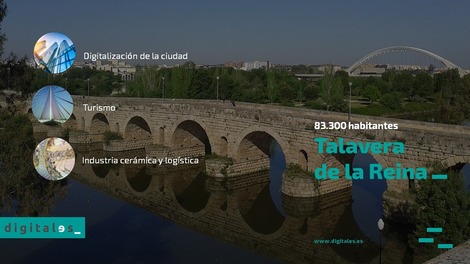
For its part, Talavera de la Reina will be the first city in the world to perform a play in mixed reality, combining augmented and virtual reality with the tangible environment. The chosen work is none other than La Celestina.
And there will be many other things. The new tests will focus heavily on tourism, where services with virtual and augmented reality applications will be tested. Also in the automation and digitalization of industrial processes, especially in Talavera de la Reina, where ceramics has a recognized tradition of more than five centuries.
Those circulating in Segovia or Talavera will be connected to the infrastructure of the cities (traffic lights, signals…) in order to improve road safety and traffic management. Telefónica, which is developing the project with Nokia in Segovia and Ericsson in Talavera, is collaborating with SEAT and FICOSA to implement V2X or vehicle to everything.
Drone tests, where reduced latency is key, will also be constant in cities where telemedicine, the implementation of IoT (Internet of Things) or weareables will reach their maximum development, given the ideal conditions for this.
The objective, according to Director of Operations, Network and Information Technology (IT) at Telefónica, Joaquín Mata, is to create a «very powerful» technological and social ecosystem that will also turn these cities into «two Castilian Silicon Valleys» and allow them to have greater growth and generate employment.
Of course, a unique opportunity to enter fully into the digital era and become a prototype of smart cities. The future is already here for everyone, but it begins first in Segovia and Talavera.


